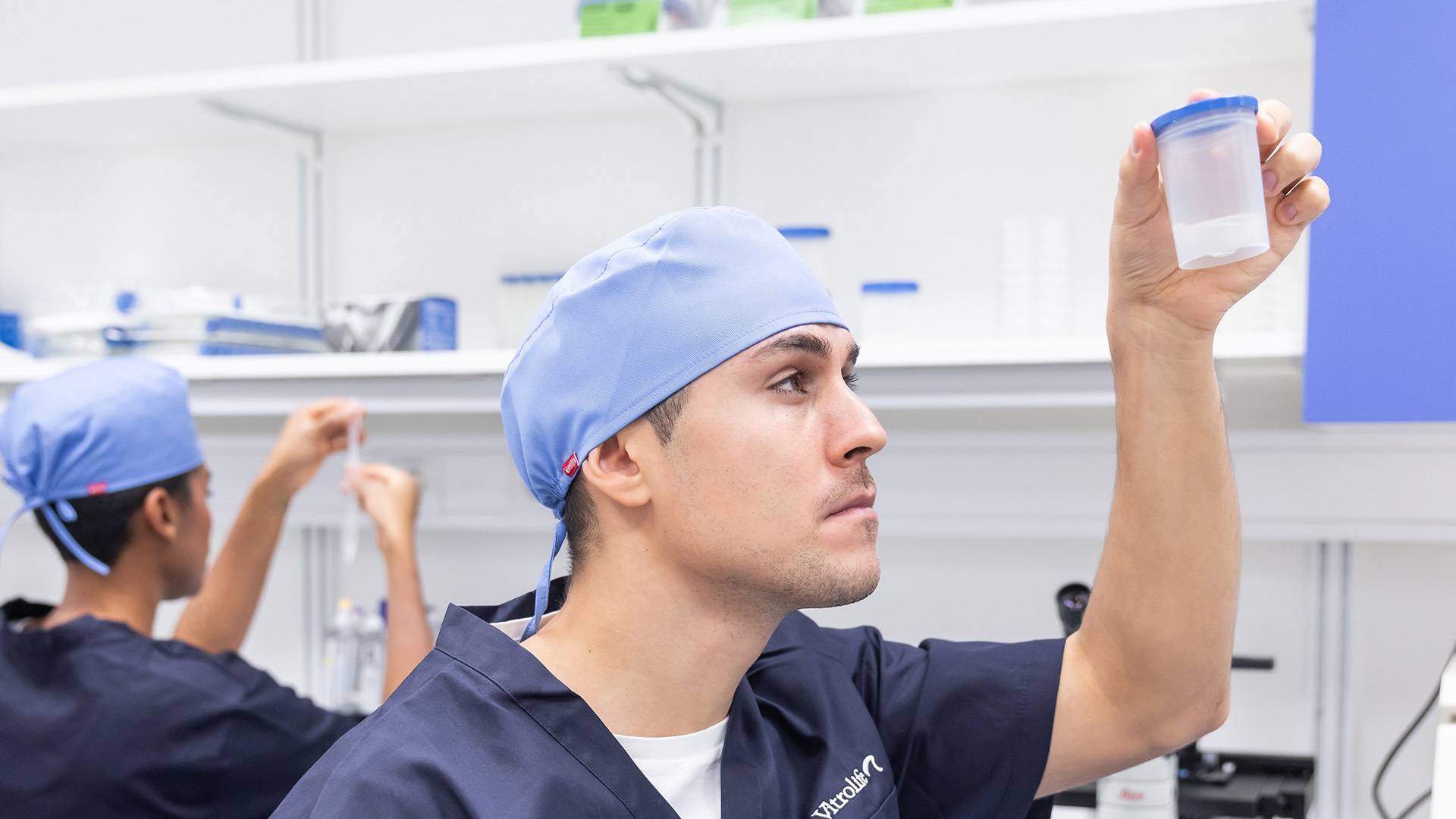The CE marking on a medical device indicates that the product complies with European Union (EU) regulations. This certification highlights the fact that the product meets general safety and performance requirements as set out in Regulation (EU) 2017/745, AKA Medical Device Regulations (MDR). As well as being a legal requirement to have the CE marking in the European Economic Area (EEA), or equivalent in certain markets, it also provides reassurance that the medical device has undergone rigorous testing and assessment to ensure its safety and performance. This helps protect patients and users from potential risks associated with using non-compliant or unsafe devices.
The CE marking process involves conformity assessment procedures that require manufacturers to implement quality management systems, which ensures that the production, design, and testing processes for the medical device adhere to recognized quality standards. The transition from the MDD to the MDR in 2021 represents a significant shift in the regulatory landscape for medical devices in the EU. The MDR aims to further enhance patient safety, increase transparency, and ensure the effectiveness and safety of medical devices throughout their lifecycle.
Manufacturers need to adhere to these new requirements outlined in the MDR for devices to obtain and also maintain CE marking. The MDR for instance places a greater emphasis on transparency, traceability, and clinical evidence. It includes a Unique Device Identification (UDI) requirements for easier traceability of medical devices throughout their lifecycle, and which also facilitates standardisation, tracking and recalls if necessary. It also includes more robust requirements for clinical evaluation and post-market surveillance by manufacturers to monitor the performance of their devices in the market and take corrective actions if safety concerns arise.
Lack of compliance can therefore indicate lack of performance and safety, ineffective product which can lead to adverse events such as toxicity or infections, and no market surveillance which can delay response to safety concerns, and which can ultimately cause harm to the patients, diminish trust, damage the reputation of healthcare providers, and have legal implications.
Guidelines for good laboratory practice from different societies such as ESHRE and ARCS, in addition to the code of practice by the UK Human Fertilisation and Embryology Authority (HFEA), clearly state that wherever possible a CE marked devices should be used in clinics. For a long time, non-CE marked semen collection containers that were designed for in vitro diagnostics were also used in clinical IVF due to the lack of suppliers of CE marked and IVF certified alternative. However, Vitrolife has recognised that this is a critical step at the start of the IVF process for patient that require a suitable product that IVF professionals and patients can trust to use with their gametes for the remainder of their IVF journey. The new Vitrolife sperm container is manufactured, certified and tested for IVF including IUI, sperm donation, IVF and ICSI.
As with all labware products from Vitrolife, including our new sperm collection cup, our labware is extensively tested and ready-to-use. We have strict selection criteria. Only the very purest raw materials that pass the sensitive MEA are selected for production. Multiple QC tests are performed both during the production process and on the final products. All finished products are MEA tested, using multiple endpoints, including 1-cell, expanded blastocyst ≥ 80% and cell count. Products for handling semen are also tested using a Human Sperm Survival Assay (HSSA). Motility of control ≥ 80%. The CE marking found on our Vitrolife products including the new sperm container serves as a visible indicator of compliance, providing reassurance to both IVF professionals and patients. By using the Vitrolife CE marked medical devices, healthcare providers and patients can have greater confidence that the devices meet stringent regulatory requirements, contributing to overall safety and effectiveness of IVF treatment.
For further information:
- https://www.medical-device-regulation.eu/wp-content/uploads/2020/09/MDD_MDR_Comparison.pdf
- https://portal.hfea.gov.uk/knowledge-base/read-the-code-of-practice/
- https://www.eshre.eu/-/media/sitecore-files/Guidelines/IVF-lab/ESHRE_IVF_labs_guideline_15122015_FINAL.pdf
